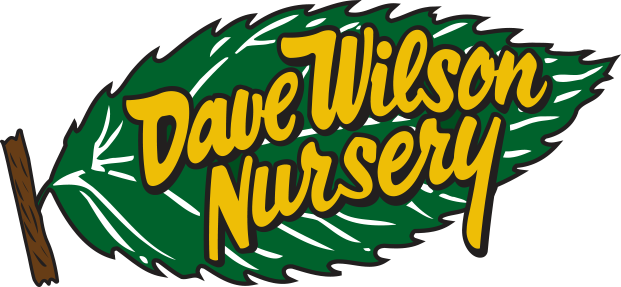We sell our products to retail nurseries, garden centers, container growers who sell to landscape contractors and retail nurseries, mail order nurseries, and anyone else who qualifies. We do not accept direct sales to consumers.
A heavy crop requires thinning, which means removing most of the fruit while it is still small. Otherwise, the fruit does not size well nor develop best fruit quality; the tree simply can't do all the work. Heavy crops can also lead to limb breakage, alternate bearing (too much fruit one year, too little the next) and a weakened tree that is more susceptible to pest damage.
For best results, pome fruits should be thinned when about 1/2" to 1" in diameter, stone fruits when 3/4" to 1".
Most apricots and plums should be thinned to one fruit every 3-4 inches, peaches and nectarines to one fruit every 5-6 inches. Apples and pears are thinned to one or two fruits per cluster, with at least six inches between fruits when the total crop is heavy.
If a too-heavy crop is due partly to too much fruiting wood on the tree, some of the thinning can be quickly done with pruning shears, perhaps as a part of an early summer pruning.
Thinning fruit from a large tree is a tedious chore, but if a tree has been kept to small, manageable size, and some thinning is done by pruning, the task is quickly done. And once one has experienced the fruit at its best, thinning is performed with a solid sense of purpose, if not outright enthusiasm.
For information about summer pruning, see Backyard Orchard Culture.
